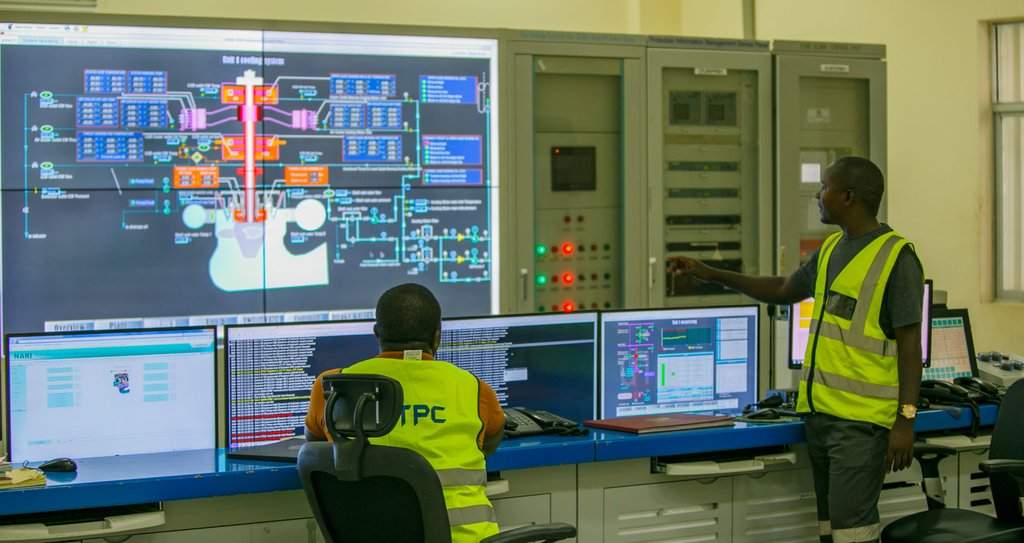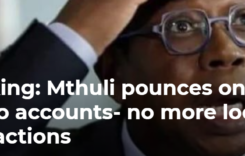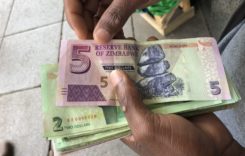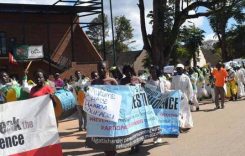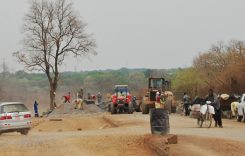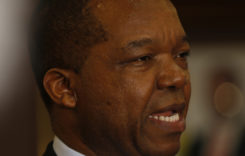CLAIM: Power cuts are now a thing of the past in Zambia
VERDICT: Not true
EXPLAINER: The claim lacks context
By ZimFact Staff
Basis of claim
On June 29, 2019, the African Development Bank Group (AfDB) tweeted that power cuts in Zambia were now a thing of the past.
The tweet linked to an article, first published on February 5, 2019, on the AfDB website. While the article was published in February, the report gained new currency with the June 29 repost. With rolling power cuts in Zimbabwe, the article’s claim that Zambia no longer suffers load-shedding drew comparisons with the power crisis in Zimbabwe.
The AfDB article is part of a series of articles on the website promoting the bank’s projects in Africa, particularly its “Light up and power Africa” energy initiative.
The article, headlined “Zambia on track to energy surplus following major boost in electricity production”, states:
“Zambia’s constant power cuts are now a thing of the past. Thanks to a robust hydraulic (sic) and solar power generation industry in recent years, the country is now self-sufficient in energy. And, there is even better news for citizens of the South African nation – electricity production could soon be in surplus. Zambia generates practically all its energy production from its own primary resources: biomass, coal and hydroelectricity, with flagship plants such as the power station near the Itezhi-Tezhi Dam, in the south-east of the country, taking centre stage.”
Zambia’s installed generation capacity (Zambia Ministry of Energy, 2018)
The 120MW Itezhi-Tezhi hydroelectric power station, which came on stream in 2016, is a $375 million project partly funded by AfDB. The bank contributed $55 million to the Itezhi-Tezhi plant. According to AfDB, Itezhi-Tezhi plant increased Zambia’s power generation capacity by 7.5%. In the first quarter of 2018, Zambia stopped importing electricity.
Zambia has increased its power supply through new hydropower stations at the Musonda, Lusawaki and Kafue Gorge, the AfDB says. In September 2018, the Zambia government inaugurated a 50 MW power plant at a cost of $60 million. Zambia also plans a series of mini solar plants with an eventual overall capacity of 600 MW at a total cost of $1.2 billion.
Are power cuts in Zambia over?
Despite recent energy investments that have improved supply, Zambia’s power plant at Kariba Dam, which is shared with Zimbabwe, remains Zambia’s main supplier of electricity.
In February 2019, Zambia and Zimbabwe reduced power generation to around half capacity at Kariba Dam as water levels in the reservoir fell. Power generation on both the Zambian and Zimbabwean sides was restricted to 500MW each from total capacities of around 1,000 MW. A further cut in power generation were announced on March 21, 2019.
On May 17, 2019, Zambia’s power utility, Zesco, announced that it would start load shedding due to low water levels at Kariba. “In view of the power deficit, Zesco Ltd. intends to commence load management to restrict supply,” the company said in a notice.
Zesco subsequently released a load shedding schedule showing power cuts of up to four hours per day.
Zambia had a daily power deficit of 273MW in June, according to an article quoting Henry Kapata, spokesman for Zesco. “If generation is maintained at the current level, Kariba dam will drain to minimum operating level by November,” Kapata was quoted as saying.
Zambia’s electrification rate remains low with only about 31.2% of the population connected to the grid, according to a December 2018 report by the country’s Ministry of Energy (Zimbabwe is 40.1%: World Bank, 2017
CONCLUSION
While Zambia’s power cuts have not reached the severity of the load-shedding in Zimbabwe, it would be misleading to read the article’s claim as referring to the current situation in Zambia. Zambia does currently suffer power cuts.
Do you want to use our content? Click Here


